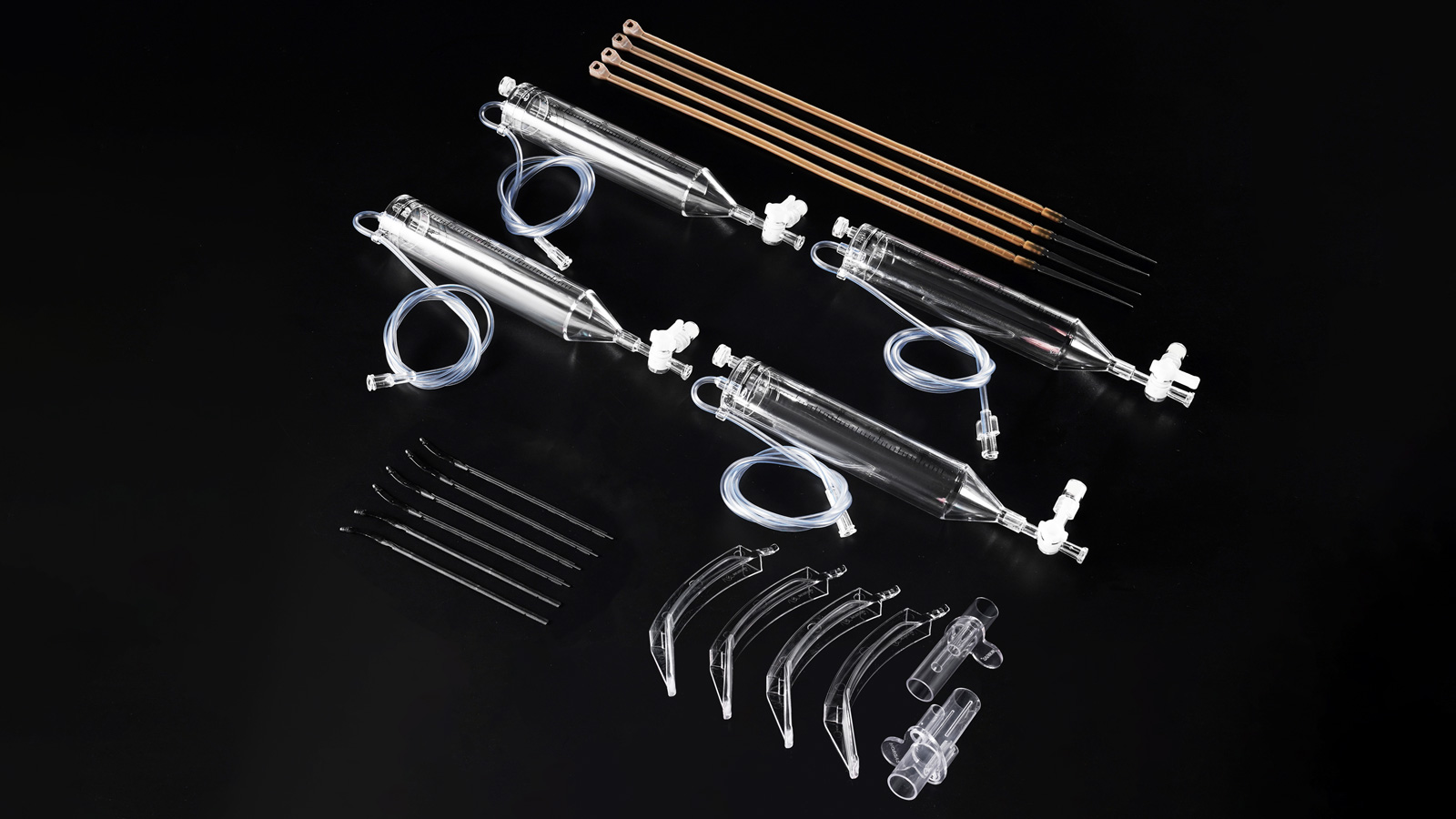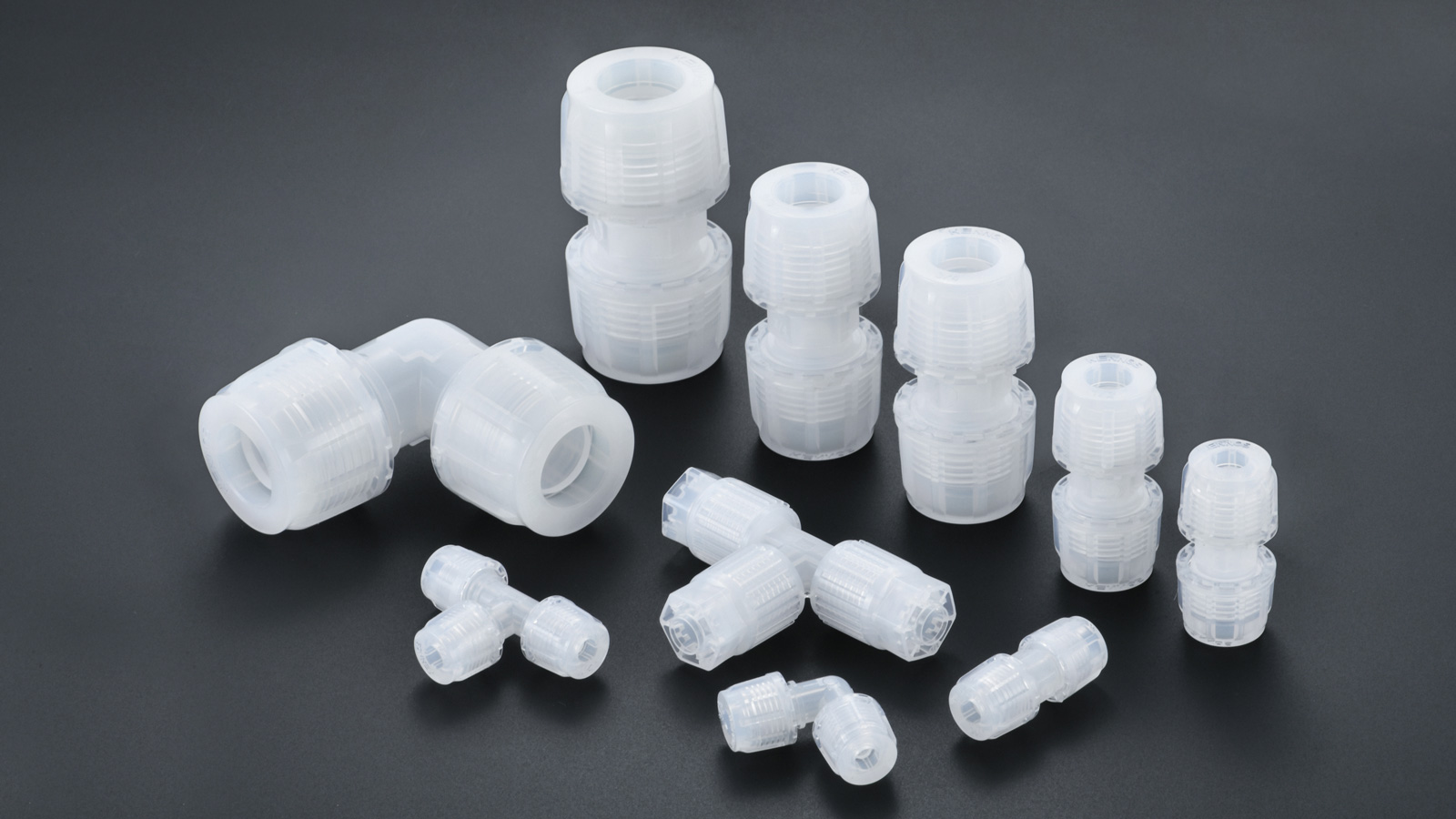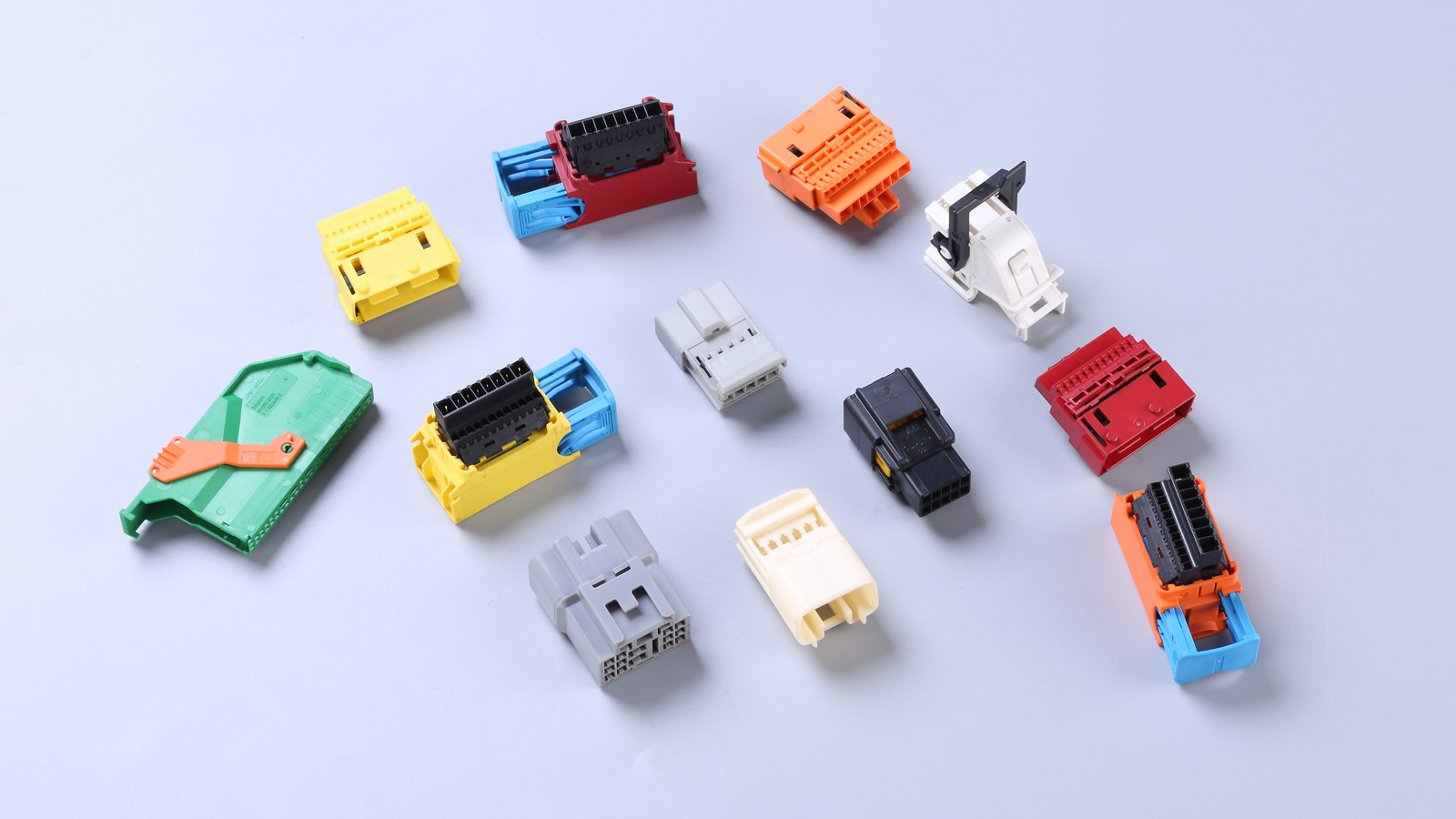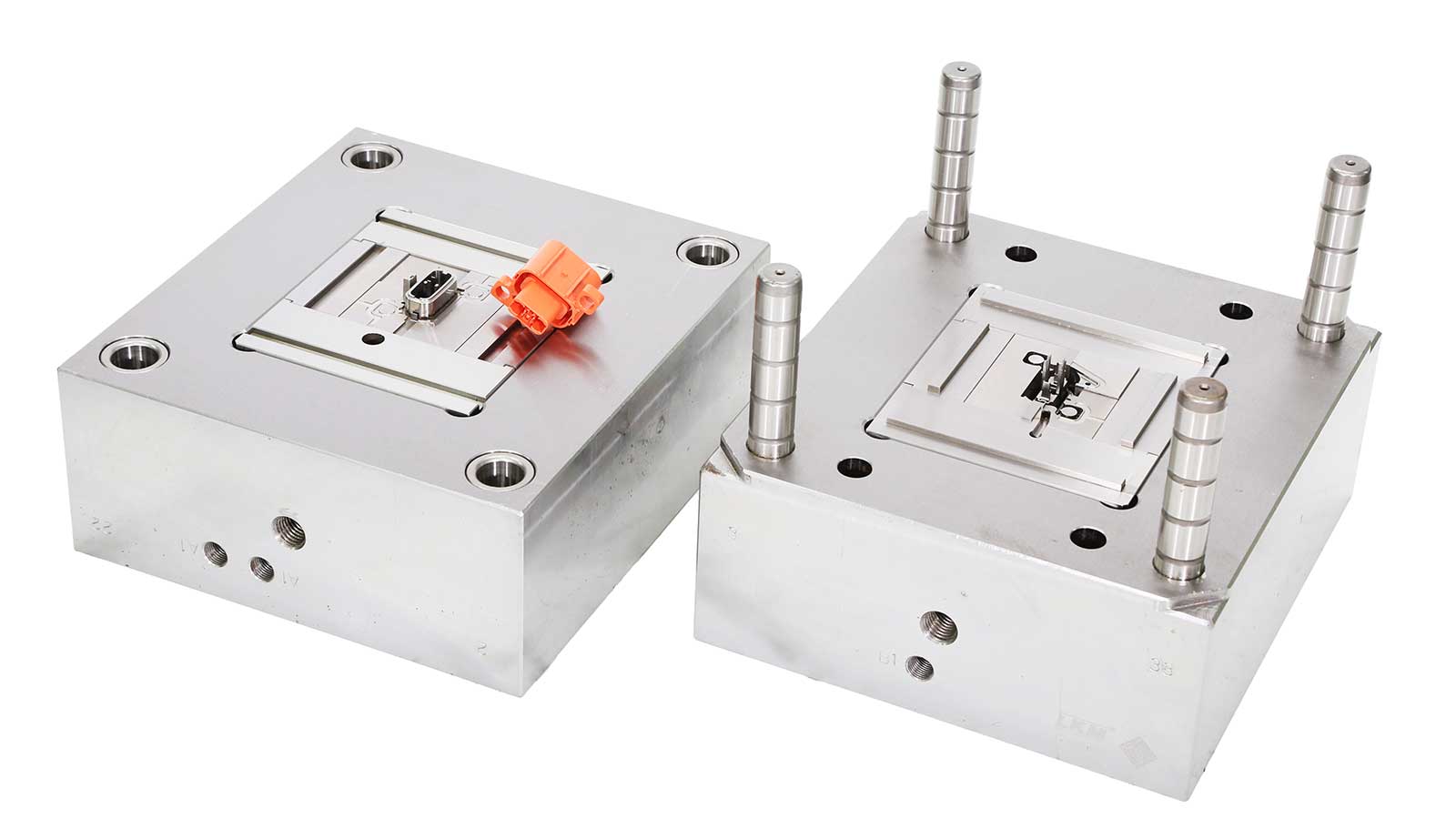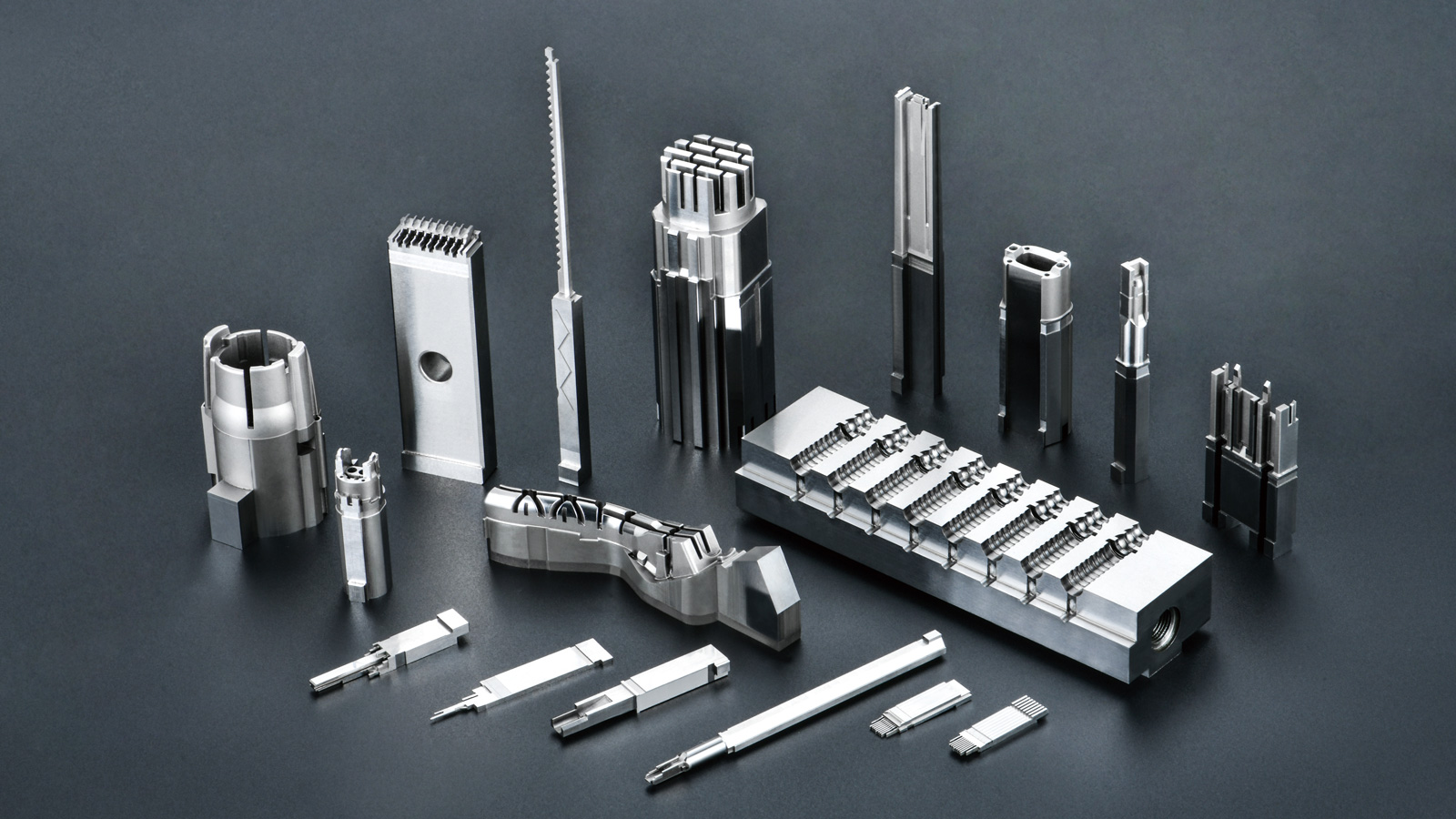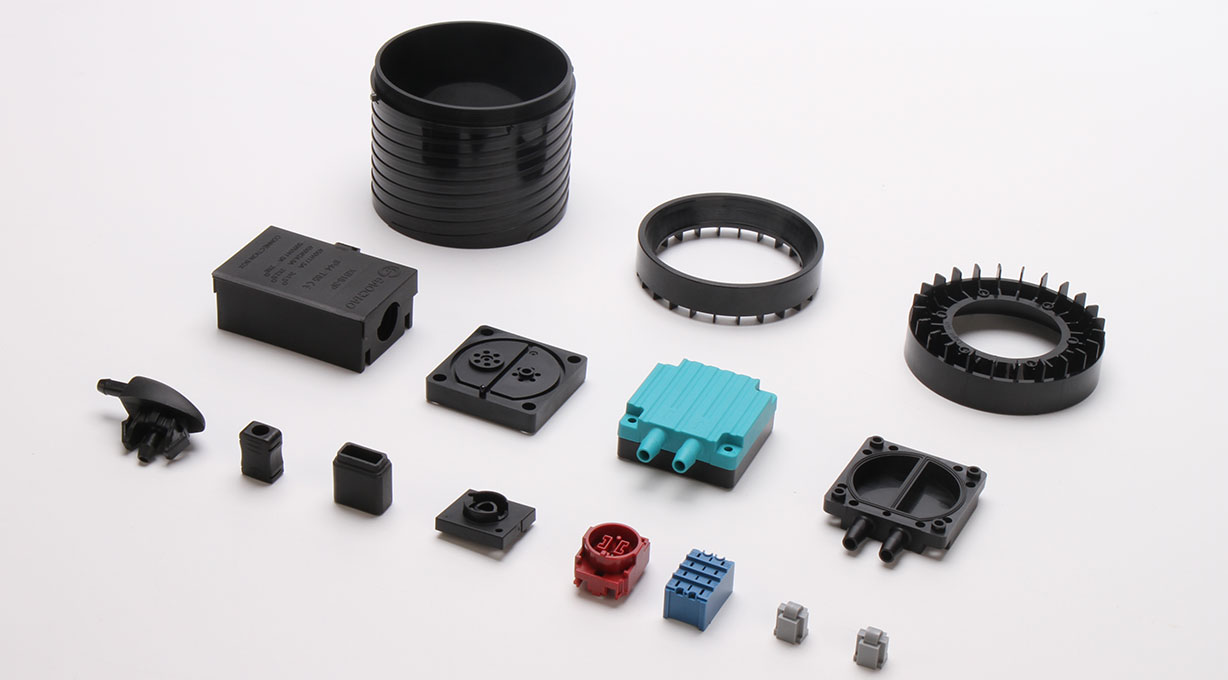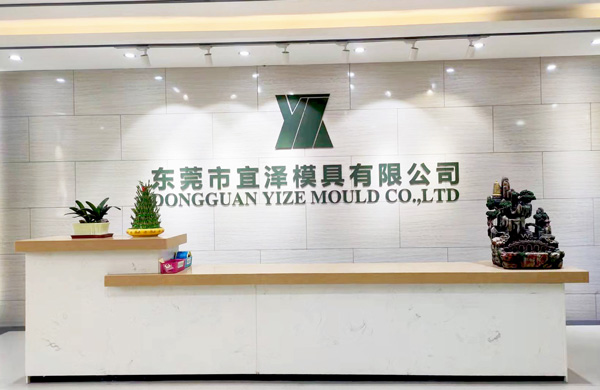In the field of injection molding, the problem of black spots is like a “cancer,” frequently occurring and causing significant harm. It seriously affects the appearance and quality of products, thereby impacting the production efficiency and market competitiveness of enterprises. This article will delve into the causes, impacts, and solutions of the black spot problem.
Causes of the Black Spot Problem
There are multiple factors contributing to the black spot problem during injection molding.
In terms of raw materials, if they are mixed with impurities or contaminants such as metal filings, oil stains, and dust, these impurities will undergo oxidation reactions at high temperatures, eventually forming black spots. For example, in a certain production run, due to the poor storage environment of the raw materials, a large amount of dust entered, resulting in dense black spots on the product surface and severely affecting the product quality.
The condition of the mold surface also matters. Scratches, burns, or notches on the mold surface can cause excessive contact between the molten plastic and the mold surface, leading to the formation of black spots. Once, a company did not maintain the mold for a long time, and multiple scratches appeared on its surface. As a result, obvious black spot marks appeared on the products.
The molding temperature and time are also crucial. Excessively high molding temperatures can easily cause the plastic to oxidize at high temperatures, forming black spots. Prolonged molding times increase the likelihood of plastic oxidation as it stays at high temperatures for an extended period, also leading to black spots. For instance, in an experiment, when the molding temperature was increased, the number of black spots on the products significantly increased. Similarly, prolonging the molding time also produced similar results.
The mold’s venting situation also affects the formation of black spots. Poor mold venting can cause gas to accumulate in the mold cavity. This gas may react with the plastic at high temperatures, forming black spots. Some enterprises have reported that due to unreasonable mold venting design during production, irregular black spots appeared on the product surface.
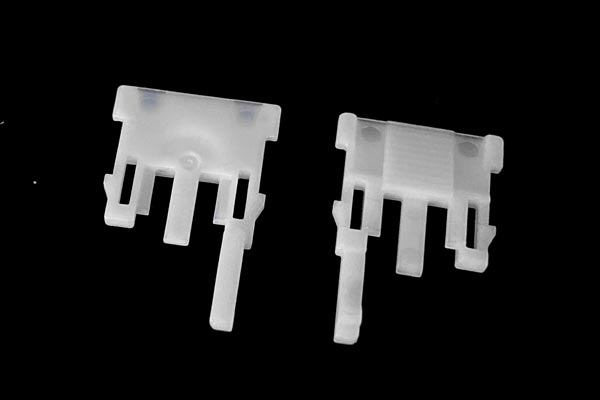
Impacts of the Black Spot Problem
The black spots generated during injection molding have multiple negative impacts on the appearance and quality of products.
From an appearance perspective, black spots can damage the surface smoothness of products, greatly reducing their aesthetic appeal. Take the outer casings of consumer electronic products as an example. If black spots appear on the surface, it will seriously affect the overall texture of the products and lower consumers’ first impressions.
In terms of quality, black spots may affect the performance of products, such as strength and electrical properties. For some products with high performance requirements, like automotive parts, the presence of black spots can lead to a decrease in product strength, affecting their safety and reliability during use. In electrical products, black spots may affect electrical performance and cause product failures. If there are too many or overly large black spots, the products are likely to be non-compliant and require rework or scrapping. This not only increases production costs but also delays delivery times, causing economic losses to the enterprise.
Solutions to the Black Spot Problem
A series of effective measures can be taken to address the black spot problem during injection molding.
Controlling the quality of raw materials is fundamental. Strict quality inspections should be carried out on raw materials to ensure they are free of impurities and contaminants. For raw materials with special requirements, pre-treatment such as cleaning and screening should be carried out. One enterprise established a strict raw material inspection system, conducting detailed inspections on each batch of raw materials, which effectively reduced the occurrence of black spots due to raw material problems.
Maintaining the mold surface is crucial. Regular cleaning and maintenance of the mold surface should be carried out to ensure it is smooth and free of damage. Any existing damage should be promptly repaired or the mold replaced. A mold manufacturing enterprise formulated a detailed mold maintenance plan, regularly maintaining and repairing the molds, keeping the mold surface in good condition and significantly reducing the probability of black spot formation.
Optimizing the molding process is key. While ensuring product quality, the molding temperature should be appropriately reduced and the molding time shortened to reduce the plastic’s residence time at high temperatures and thus lower the likelihood of oxidation. At the same time, the mold temperature and pressure should be reasonably adjusted to ensure uniform plastic flow. One enterprise successfully reduced the occurrence of black spots on products by continuously experimenting and adjusting the molding process parameters.
Strengthening mold venting is essential. During mold design, full consideration should be given to venting issues, and venting slots and holes should be reasonably set to prevent gas from accumulating in the cavity. During use, the venting system should be cleaned in a timely manner to keep it unobstructed. Some enterprises have improved the black spot problem on products by improving the mold venting design.
Strictly controlling the production environment is indispensable. The cleanliness of the production environment should be ensured to prevent dust, oil stains, and other contaminants from entering the raw materials and molds. At the same time, the maintenance and upkeep of production equipment should be strengthened to ensure their normal operation. One factory improved the black spot problem caused by environmental factors by strengthening environmental management in the production workshop, regularly cleaning and disinfecting.
Regularly inspecting and replacing parts is also important. For parts that are prone to wear and tear or aging, such as screws and barrels, regular inspections and replacements should be carried out. This can prevent black spot problems caused by part wear and tear or aging. One enterprise established a part inspection and replacement system, promptly detecting and replacing worn screws, ensuring production stability.
Strengthening employee training and management is a guarantee. Employees should be trained in injection molding technology and quality awareness to improve their technical skills and quality awareness. At the same time, quality monitoring and management during the production process should be strengthened to ensure that each link meets quality requirements. One enterprise improved the black spot problem on products by conducting regular technical and quality management training for employees, significantly enhancing their technical skills and quality awareness.
By adopting the above comprehensive measures, the black spot problem during injection molding can be effectively solved, improving the appearance and quality of products, reducing production costs and scrap rates. At the same time, it also helps enterprises enhance their competitiveness and win more customers and market share in the fierce market competition.
